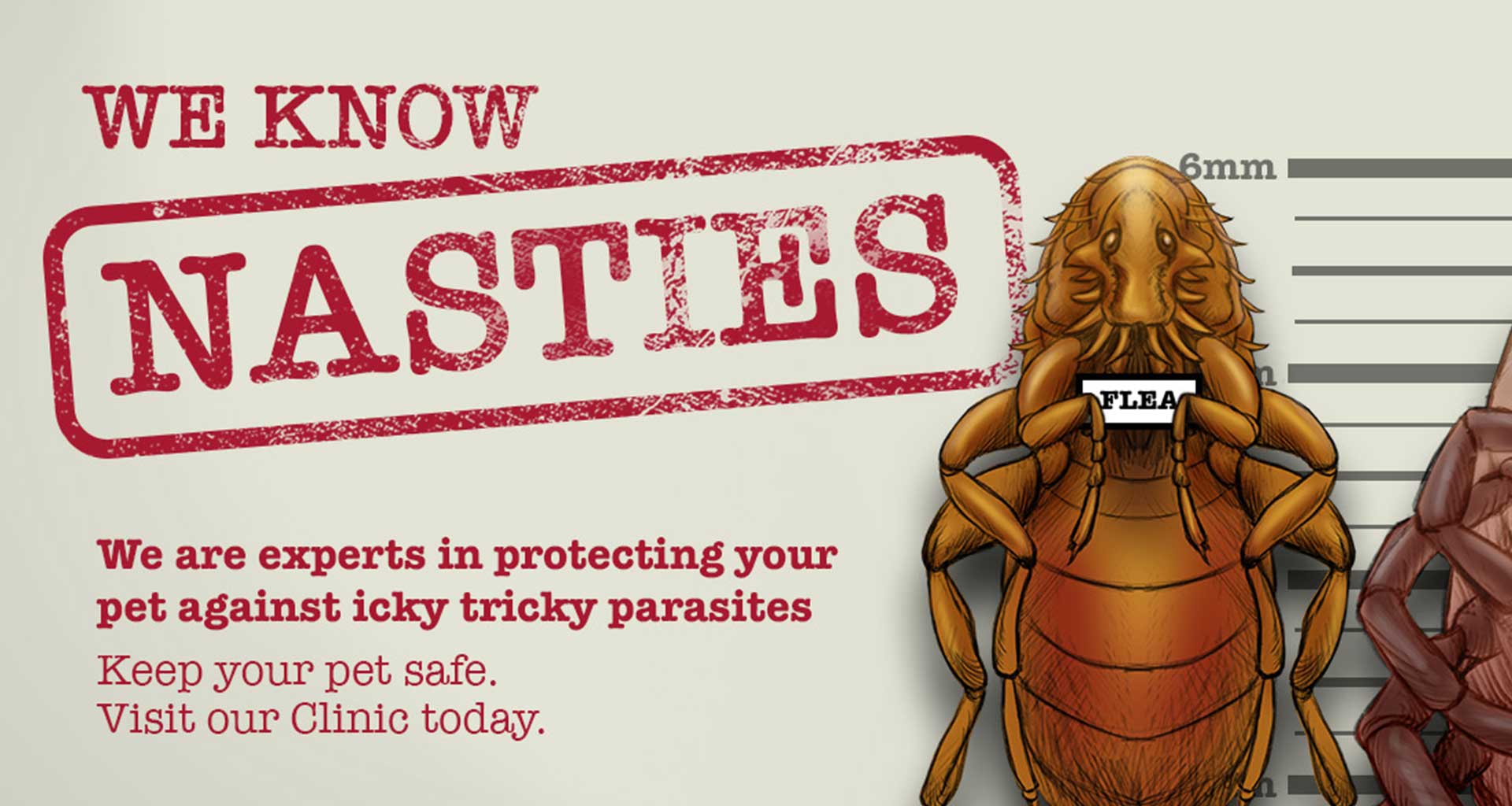Diseases of the musculoskeletal system most often affect the dog’s ability to move, Osteoarthritis is a common problem in dogs, particularly in seniors and large breeds. Although there is no cure for this progressive condition, identifying the problem early and initiating appropriate management can help keep your dog active and improve their quality of life.
Osteoarthritis also referred to as Degenerative Joint Disease (DJD), is a progressively worsening inflammation of the joints caused by the deterioration of cartilage. In a healthy joint, cartilage acts as a cushion to allow the joint to move smoothly through its full range of motion. In cases of osteoarthritis, this cartilage cushion begins to break down because of factors such as age, injury, repetitive stress, or disease. Osteoarthritis pain or generally referred to as Arthritis affects four out of five older dogs interferes with everything that makes life special for our best friends.
One of the best treatments available today for our dog’s Osteoarthritis is Laser Therapy, why? Well, this is one of the technologies developed for speed healing, reduces chronic pain, it only takes a matter of minutes to deliver and it is Non – Invasive. This type of treatments has gone mainstream with equipment that is increasingly safe and effective, thousands of veterinary clinics treat dogs, cats, horses, and other animals with laser for a variety of conditions.
Lasers are a beam of light that travels at a certain frequency that allows the laser to generate heat and penetrate tissue that stimulates cell regeneration and increase blood circulation. In a typical treatment session, the laser wand is applied to the area to be treated. Depending on the area and the energy you are delivering, it can take up to 10 to 20 minutes most dogs will lie down when they receive treatment. The dogs look forward to it because they feel better after their course of therapy and they find laser therapy relaxing. It is also recommended for canine arthritis cases to start laser treatment with two to three sessions per week, then decrease sessions to once a week, then once every two weeks. If the arthritis is more advanced, then more sessions would be needed.
After laser therapy, the dog owners might see their dog go upstairs more often, play with a ball he’s not picked up in months or go back to getting on the couch for his nightly snuggle. For some, it’s not an alternative therapy, but more of an integrative approach, laser therapy won’t cause your dog any unwanted side effects. The laser used for this type of treatment will not burn your dog’s skin, it even improves the quality of a dog’s life as well as the life of its owner, because if your dog is happy, you are happy.



